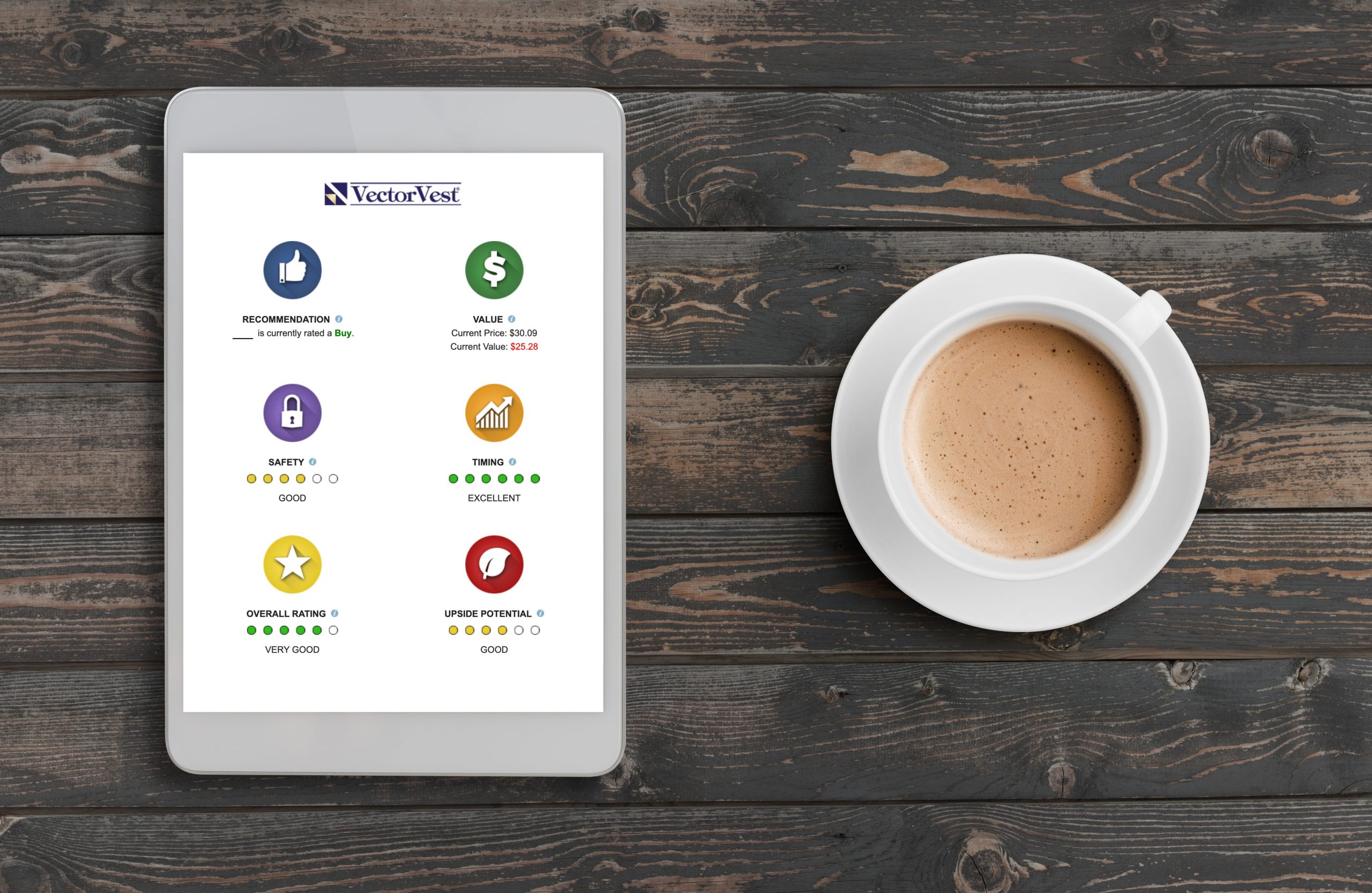by Leslie N. Masonson, MBA
In order to make informed decisions about ETFs, investors should use a step-by-step analytical approach. Be aware that the more complex the ETF’s strategy, the more time will be needed to understand all its features and risks.
For example, the basic index ETF (SPY, QQQ, and DIA) is usually simple to understand as is its benchmark. Other ETFs such as active, thematic, buffered and leveraged, for example, are much more complex and may be harder to understand how they really work. If you don’t fully understand what these types of ETFs offer, then stay away from them, as their performance may be disastrous.
Therefore, it is critical for investors to do their homework to make sure that they are purchasing the ETFs that best meet their needs within their risk tolerance profile. Here are a dozen steps to effectively analyze ETFs for purchase:
- Review the fund’s prospectus. There is usually a shorter summary prospectus, as well as a more detailed one. Each investor can determine which is more suitable for reviews.
- Review and understand the fund’s investment objective. Is it an active or passive ETF, or an index or custom-crafted portfolio?
- Find the ETF’s benchmark and try to find its components. Note that many funds have unique benchmarks, especially for the non-vanilla variety like thematic and leveraged funds.
- Understand the fund’s strategy and risks. Realize that the strategy may not be fully disclosed, especially for actively managed ETFs, while all risks are always provided. Evaluate risk metrics such as beta, volatility, and maximum drawdown. Understanding the risk profile of the ETF is crucial for managing your overall portfolio risk.
- Observe the Expense Ratio. The lower the better. Simple index ETFs have the lowest ratios (below 0.12%) while actively managed, and specialty funds have much higher ones exceeding 1%.
- Analyze the asset allocation and sector and Industry exposure. This information can help you understand the fund’s sensitivity to economic conditions and potential risks.
- Review the portfolio composition. Look at the percentage of assets of the top 10 holdings. Concentrated portfolios with less than 50 positions have a much higher risk that one with 200 to 2 offers superior returns if the funds price accelerates higher, but not if the opposite occurs. On the other hand, a well-diversified ETF may help mitigate specific risks associated with individual securities.
- Examine the portfolio turnover ratio. This indicates how frequently the fund buys and sells securities. For example, if an active ETF has an annual portfolio turnover of 200%; it is replacing each position twice within a year’s time. So, in a 100-stock portfolio, these stocks will be replaced completely, and then completely again. This turnover eats into performance, as there are trading costs involved, and may have tax implications.
- Review historical performance. Be sure to look at the 1- 3, 5- and 10 year returns, if available. Compare their returns to their appropriate benchmark. Check out the standard deviation, Sharpe and Sortino ratios if provided.
- Compare ETFs in the same category. Place the data in a spreadsheet, and weight certain data points more heavily, such as expense ratio and 5-year performance.
- Use VectorVest to check out the top ten ETF holdings. Be sure to look at the components that make up at least 50% of the ETF portfolio. Check their VectorVest ranking in the Stock Viewer to see their VST, RT and CI metrics, among others. Most of these stocks should be “Buy” rated with high RT and VST scores to have the odds in your favor when purchasing the ETF.
- Graph the top stocks and the ETF itself. This approach will visually provide a picture if they both follow a similar path and are tightly correlated. Use the MACD, RSI, 4-dma, and MTI to find the best candidates.
Conclusion
Failure to spend time analyzing your ETF’s characteristics, metrics, and risk may result in your investing in a vehicle that does not perform according to your expectations, and even worse, precipitously decline in value without having a defensive strategy in place.
To avoid such a scenario, do your homework and pay attention to the details, and especially the footnotes in the prospectuses and fact sheets. So, don’t hesitate to call the ETF company for an explanation of anything you don’t understand. Stay away from any ETF where the support staff can’t directly answer your questions, assuming they are not asking for investment advice which they are forbidden to provide.
In conclusion, the more you understand and know about any ETF’s strategy, fund holdings, risks, and performance, the higher the probability of making a profitable investment. Using VectorVest’s ETF Viewer to pinpoint the best performing ETFs is an important step that can lead investors to the best ETFs to research for purchase. Regularly monitor your ETF’s holdings, as most ETFs provide a daily snapshot of the portfolio at the end of each trading day. Also check the fund's website for news stories or other useful information.
Want These Types of Insights at Your Fingertips so You Can Win More Trades?
Use VectorVest to Analyze any stock free. VectorVest is the only stock analysis tool and portfolio management system that analyzes, ranks and graphs over 18,000 stocks each day for value, safety, and timing and gives a clear buy, sell or hold rating on every stock, every day.
Before you invest, check VectorVest! Click here to ANALYZE ANY STOCK FREE and see our system in action!
What you should do next…
- Get our latest blogs delivered right to your inbox, subscribe to our newsletter.
- The market moves fast! Get our most current evaluation of this stock with our FREE stock analysis tool.
- Looking for stock picks? Not sure if now is the right time to buy/sell? For a limited time, enjoy the full benefits of a 30-day subscription to VectorVest for only $0.99 (usually up to $148/month) . Get access to our full list of screeners showcasing our top stock picks that tell you exactly what to buy, when to buy, and when to sell.











Leave A Comment